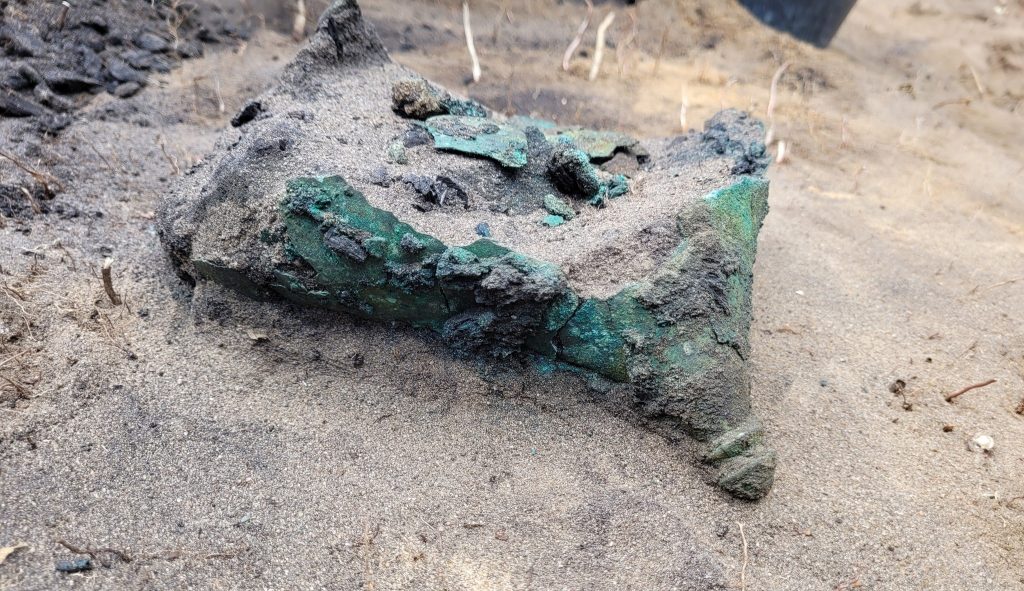Archaeologists have uncovered the oldest helmet ever found in Poland.
Others are reading now
On September 2, a team of archaeologists unearthed the oldest helmet ever found in Poland — a bronze Celtic helmet dating back to the fourth century BC.
“This is a major discovery not only for Poland but for all of Central Europe,” announced the Polish National Museum of Archaeology (PMA) on social media.
The helmet is one of approximately 300 artifacts uncovered near Chorzele in northern Poland by a team of researchers from the PMA and the University of Warsaw’s archaeology department.
Initially, the archaeologists didn’t realize they had found a helmet.
Also read
“At first, we thought it was some kind of ancient vessel, as bronze vessels are much more common on Polish soil than helmets,” explained Bartłomiej Kaczyński of the PMA to Notes From Poland (NFP).
As they examined the object further, they noticed defining features—a neckpiece and the peak of the helmet—that confirmed its identity.
“We no longer had any doubt that we had a very rare artifact. Such a shape is only seen at Celtic sites,” Kaczyński added.
As reported by NFP, this discovery is only the second Celtic helmet ever found in Poland. The last such find was made in 1982 in the south of the country. However, while that item dated back to the first century, the newly found helmet is three centuries older.
Due to its condition, the helmet will now undergo conservation at the PMA for several months.
Other Artifacts
In addition to the helmet, other artifacts were discovered at the site.
These were primarily related to farming, logging, and animal husbandry, including iron axes, scythes, scissors, and a shearing blade likely used for sheep.
“The Celts were known for introducing iron tools,” Kaczyński explained.
“The objects force us to reinterpret the beginnings of the Amber Road [an ancient trade route between the Mediterranean and Baltic Seas] and trade in early Iron Age Europe,” the PMA noted.
This discovery is also reshaping our understanding of contact with the Celtic world during the pre-Roman period. Alongside the Celtic items, artifacts from the local West Baltic Barrow culture were found, including women’s ornaments such as epaulettes, necklaces, and rings.

